
State Heat Plan
Learn how agencies across Arizona are working together to reduce heat risks and protect communities.
New Americares Climate Resilience for Frontline Clinics Toolkit
Find extreme heat and health resources with critical information on how to help your patients minimize the health impacts of extreme heat and actionable steps for you and your patients to prepare. Resources are available in both English and Spanish.
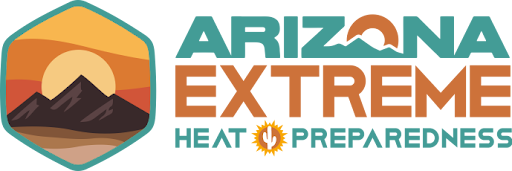
--
Extreme heat is a serious and growing threat in Arizona—and we're here to help you stay safe, informed, and connected. HEAT.AZ.GOV is your one-stop location for accessing statewide heat safety information, tools, and resources from trusted local, state, and national partners. Whether you're preparing for rising temperatures, looking for a place to cool off, or need assistance during a heat emergency, this page connects you to the support you need.
All resources are organized by topic, so you can quickly find the right information for yourself, your family, your community, or those you serve. This effort represents a collaborative commitment by state agencies, nonprofits, and federal partners to strengthen Arizona’s resilience and response to extreme heat.

Learn how agencies across Arizona are working together to reduce heat risks and protect communities.
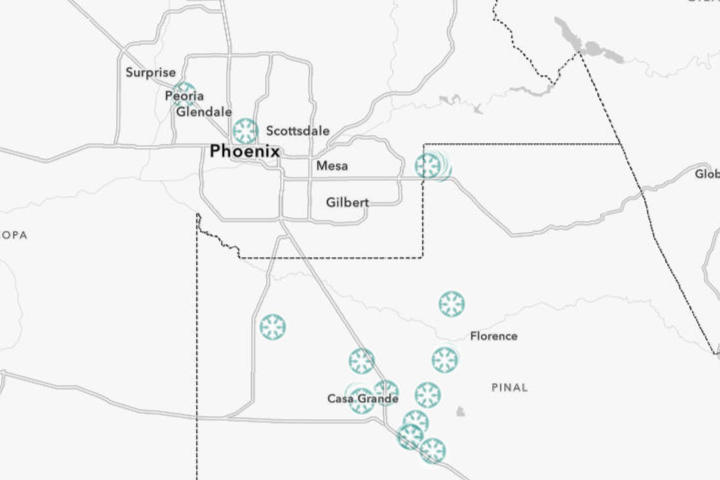
Find nearby cooling centers, respite centers, and hydration stations offering free water and relief from the heat.
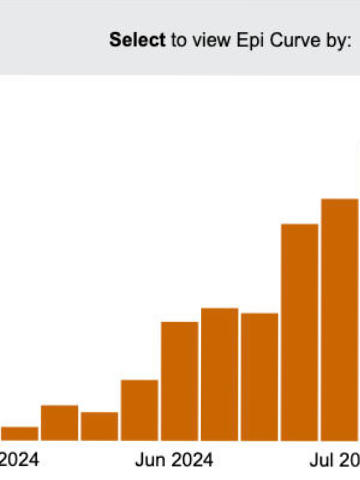
Real-time data on heat-related health impacts and current heat conditions statewide.
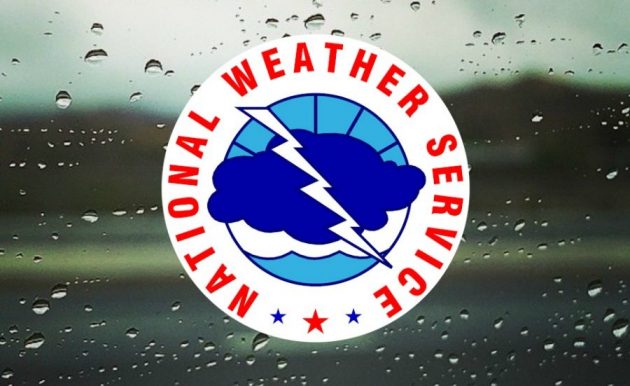
Daily and forecasted heat risk levels in your area with high and low temperatures and heat warning details.

Understand daily heat risk levels in your area and how they affect vulnerable populations.
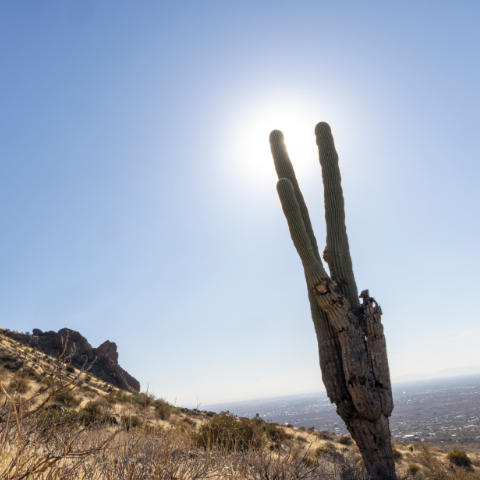
Find local Community Action Agencies in Arizona to access a wide range of support, including financial emergencies, utilities, housing, food, child care, and more.
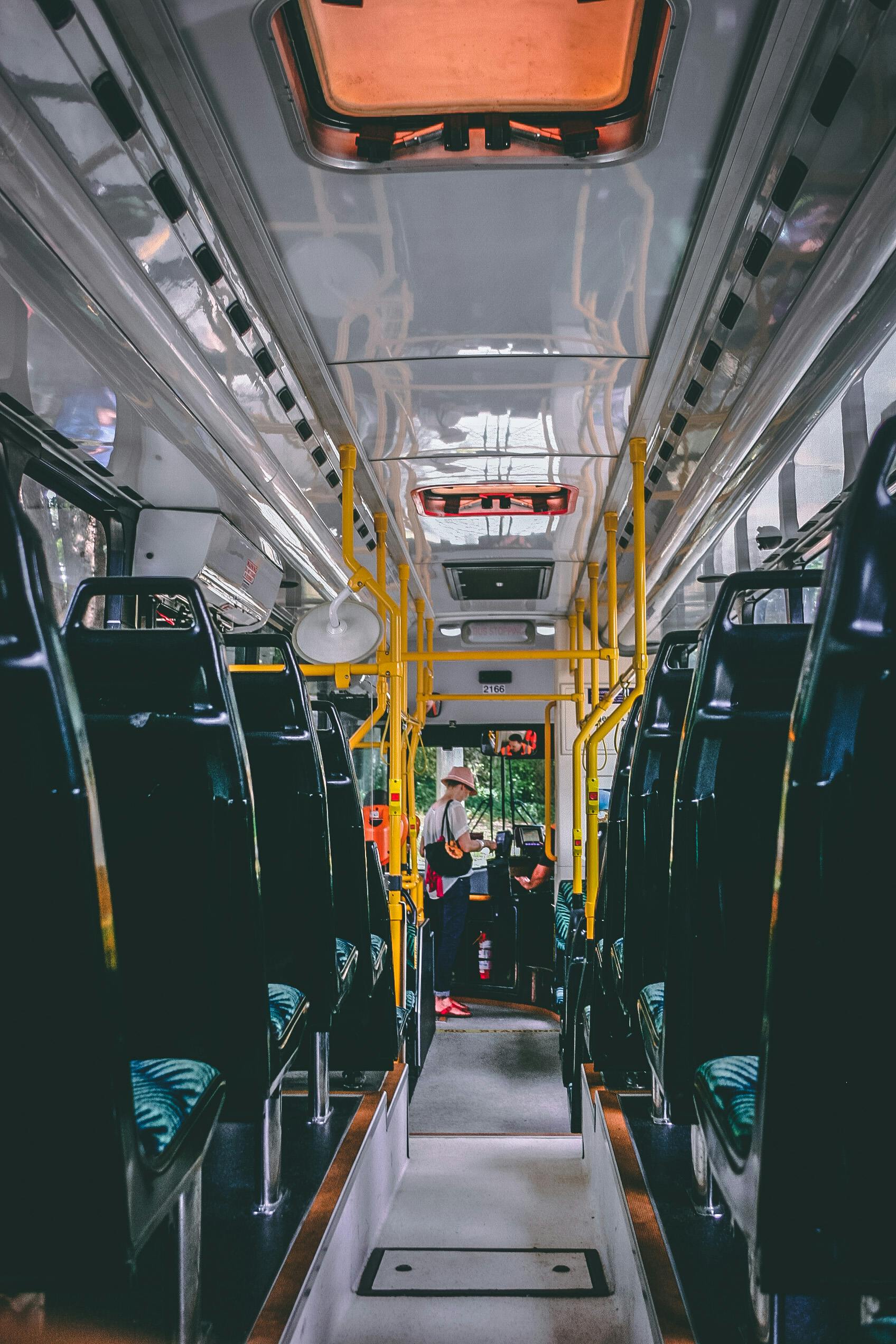
Connect to transportation resources by service area, with an option to filter by service availability.

Statewide alerts, emergency bulletins, and public safety updates.

Search for free or reduced-cost services like utility assistance, transportation, and shelter.
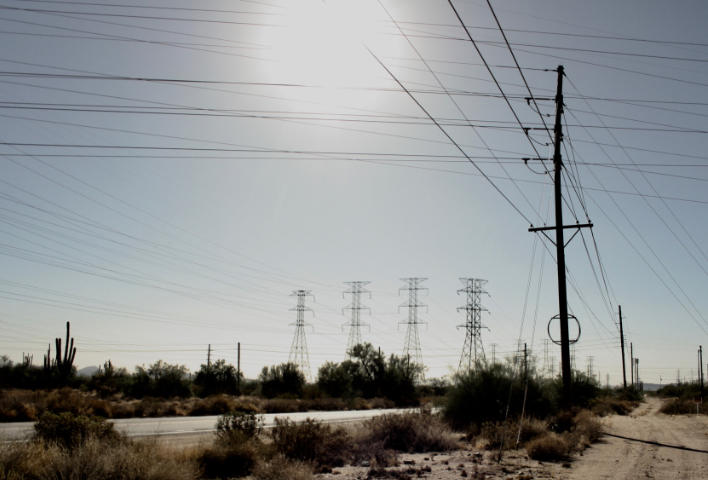
Active power outages by county and utility provider.
In 2024, Governor Katie Hobbs asked her Office of Resiliency and the Interagency Resiliency Forum to work with Arizona State agencies to create the first Arizona’s Extreme Heat Preparedness Plan. The plan presents a coordinated effort, emphasizing collaboration among state agencies to better prepare for extreme heat and enhance community resilience. The following agencies play key roles in this initiative through strategic planning, community outreach, funding, and other essential measures.
Workout indoors.
If you are able, do your physical activity inside. You can use a gym, recreational center, or even walk in a mall.
Limit activity to the coolest part of the day.
Schedule physical activity during the coolest part of the day, usually between 4:00 a.m. and 7:00 a.m.
Pace activity.
Start by doing activities slowly. Gradually increase the pace and intensity over time as your body becomes acclimated to the heat.
Dress for the heat.
Wear loose, light-colored, lightweight clothing.
If hiking, pick a mild trail.
Choose a trail that’s fairly level and offers shade. Try to be at the trailhead right at dawn.
Drink water.
Drink more water than usual when engaging in your physical activity. Do not wait until you are thirsty–drink before, during, and after activity.